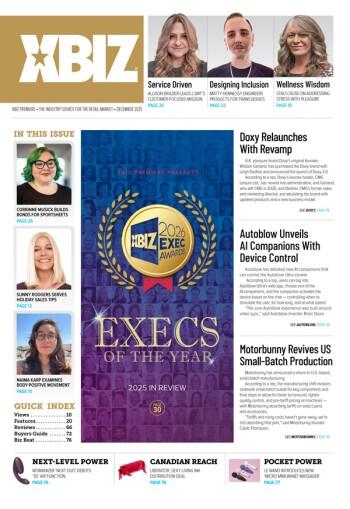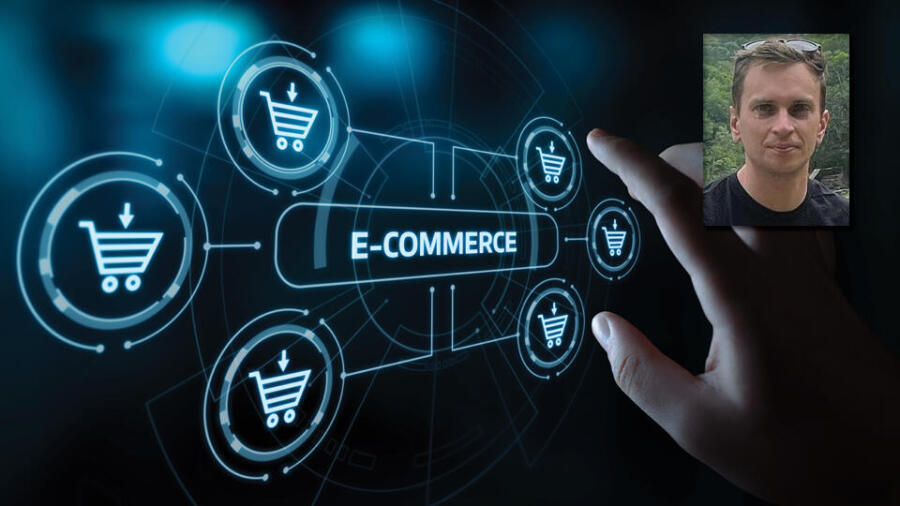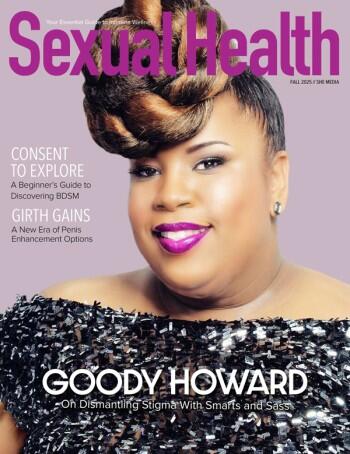Search engine optimization (SEO) is the backbone of any successful ecommerce business. In a digital world, visibility equals success, which makes SEO not just a tool, but a smart and even crucial investment.
Social media campaigns can capture immediate attention, but their impact fades to zero within hours. By contrast, SEO is much more enduring. When executed correctly, it continues to draw traffic and engagement long after the initial efforts. SEO makes your website easier to find and use, keeping your online presence strong.
Remember, the ultimate North Star of your actions is to make your website better for people, not search engines.
My own SEO story started when I optimized our blog, “Spices of Lust,” and then a couple of years later, our online store, The Sex Shed. Throughout the years, navigating challenges and learning from each failure and success, I have gathered an understanding of what it takes to optimize a website for success, so I want to share a couple of tips to help ecommerce websites improve their digital presence in a way that will both increase traffic and enhance user experience.
Optimizing Product Pages
Let’s start with the basics. Your store primarily consists of product pages. Each offers a unique chance to appear in search engine results, attracting visitors who can later become happy customers. Improving product pages is therefore important for success.
Begin optimizing product pages by focusing on images. First, compress image sizes using software or a website like Image Compressor. Rename the files to describe accurately what is in each image. After uploading the images to your website, fill out the alt text.
Both the file name and alt text help search engines understand the image content and assist users, especially those who are visually impaired. If an image fails to load, the alt text will be displayed instead. For instance, “Womanizer Premium next to a box” is more informative than “IMG2024.JPG.”
Stuffing keywords won’t help you here; it can only hurt you. Simply write what is in the picture using plain, descriptive words.
Next, consider the product description. While using the manufacturer’s description is easy, I do not recommend this, because many other websites will have the same text. Expand on provided descriptions by including specific details such as dimensions, materials, care instructions, user guides and special considerations for each product.
Rewriting each product description can be time-consuming or costly, but it is ultimately worthwhile and serves a dual purpose: You will provide valuable information that can significantly improve customer experience and smooth the way to the purchasing decision, while at the same time catering to search engine algorithms. Google’s E-E-A-T (Experience, Expertise, Authoritativeness and Trustworthiness) guidelines are valuable reading material, and can help you learn how to create people-first content.
Each product page should prominently feature a buy button with a clear call to action. Clearly state conditions, policies and prices, as well as exchange, return, refund and delivery options. It is also essential to offer various secure payment options, company information and other commercially relevant trust signals.
Product pages should have as many real reviews from past customers as possible, since those are among the strongest trust signals that help convert future visitors.
Lastly, meta title and meta description should be optimized for conversion, since they show up in search results and heavily impact clicks. Hiring a copywriter experienced in writing short copy focused on conversion might be the best way to go here.
Optimizing Category Pages
The next step is to optimize your category pages, which serve as digital gateways to your products. Category pages also offer great opportunities to rank on search engines. Plus, optimizing a category page involves fewer steps than optimizing a product page, making it easier to cross this task off your to-do list.
While quality keyword research is essential for category pages, I will not be discussing that in detail here. However, if you are interested in finding the best keywords for something like “long-distance sex toys,” you can simply Google it and see how other stores have named their categories. The top results are likely based on extensive research, saving you the effort.
Optimizing category pages involves writing a category description and an FAQ section with three to four questions. The category description should be placed at the top, above the products. Avoid keyword stuffing; instead, use keywords, their long-tail versions and semantic keywords naturally. Your description should be clear, concise and written for the visitor.
The FAQ section should be placed below the products. Placing the FAQ above the products pushes them farther down the page, reducing the likelihood of converting visitors into buyers.
The FAQ should include three or four questions related to the category, addressing common concerns or questions visitors might have. Format each question using H2 tags to improve readability, structure and prominence for search engines.
This approach not only improves search engine ranking but also supports potential customers in their decision-making process, improving user experience and potentially increasing conversion rates.
Smart Interlinking
Effective interlinking is a powerful yet often overlooked SEO method that utilizes your website’s existing traffic and authority. Effective interlinking creates an internal network that improves site navigation and user engagement.
The goal is to link from high-traffic pages to key product or category pages in your store. This transfers page rank — a ranking factor — to the linked pages. Such linking increases the chances that visitors will explore these pages and boosts their visibility in search engines.
Page Design
The final insight I want to share comes from my own research using the HotJar website, which can help you analyze how people use your website. I found that only 11% of visitors scroll to the bottom of our website, while approximately 50% scroll halfway.
Based on that data, we moved the important links and email forms up to just below the introductory paragraph, resulting in a considerable increase in email signups and more traffic to the links we moved up.
While this strategy does not directly improve rankings, its positive effects can indirectly contribute to better rankings, making it a useful secondary optimization method. Besides HotJar, you can use Microsoft Clarity, which is a free tool.
SEO is more than just a set of techniques; it is a thorough approach that integrates various elements of your website to improve your site’s user-friendliness and increase your chances of achieving better search engine rankings and higher conversion rates. Remember, the ultimate North Star of your actions is to make your website better for people, not search engines. Improving your product and category pages and optimizing site structure through interlinking will help you lay a strong foundation for organic growth. Achieve this, and search engines will reward you with more visibility and clicks.
Luka Matosic is a sex toy aficionado, an SEO enthusiast and a serious taco lover. Alongside his wife, Leja, he established “Spices of Lust,” Raw Love Studio and The Sex Shed.








